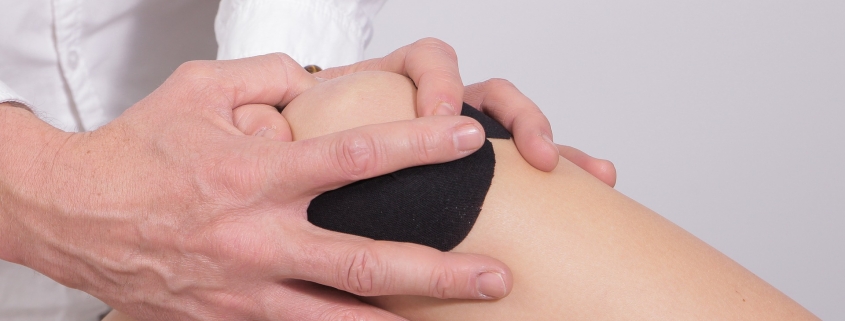One of the constants in our lives is stress. Just reading that may induce stress for you but the reality is that not all stress is negative. Stress is, most simply, your body and minds way of reacting to situations in life; both the good and the not so good situations. Stress is the elation you feel when someone you’ve been missing is suddenly right in front of you. It is also the frustration that you experience when you see a parking ticket on your windshield. The term “stress” isn’t necessarily negative but we associate it that way so much that it has become synonymous with uncomfortable feelings. Which is, for many us, the main type of stress that we experience. So, let’s take a dive into the negative stress that affect us all and what we can do about it in our lives.
The First Step
The first thing to do is to identify what exactly is causing you stress. You can’t work on a problem that you can’t put your finger on.
- Step One: Identify the cause or causes of your stress. Look at the overall view here and keep it simple. Is it work, personal life, finances specifically, health- related issues or a combination. Any problem seem insurmountable when it’s as big as a mountain. Break it down into basic, single points to focus on. Even if you have multiple areas of stress, just the act of putting it down on paper (or a spreadsheet if that’s your comfort zone) and sorting it with a plan of action can help you see that it IS manageable; even when it feels like it is too much.
- Step Two: Identify what you can realistically do to alleviate or eliminate the stressors. Go down your list and do a quick run and tick off of what can you have an impact on and what you can’t. This is the first step here to see what you need to work on to eliminate versus what you need to slot into the category of “to be managed” if you personally cannot affect change on the stressor. Some stressors will resolve themselves with time and there is nothing that can be done but to manage how it affects you until the situation is over. Other times, the situation will not change until YOU change it. Those differences aren’t always apparent when you are in the middle of the stress.
The Next Steps
Now that you know what is causing you negative stress and which stressors are within your range of being able to make an impact or not. Let’s look at strategies to help.
- Eliminate or alleviate what you can: Be realistic and plot out what you need to do to make things better with the stress in your life. If you can make a difference, then make the changes needed. You will thank yourself in the end. It may not be easy but it will be worth it. Since this area is specific to each person, only you can be the one to write this list. Be honest about your needs and wants and make your plan realistic to what you can offer for energy, focus and time. Even small changes and movement in the right direction will make a huge difference in how you feel about stress right now.
- Learn how to manage the effects of stressors that you can’t do anything about: The fact is that there are going to be things that you can’t change in your life. In these instances, you will need to look at stress management techniques that will work for you, that you can put into action.
Stress Management Techniques
Negative stress can wreak havoc on our bodies and minds. Most of us are well aware of how we feel when stressed. Racing heart, elevated blood pressure, upset stomach, nervousness, anxiety, and anger are common complaints. It can affect your entire body in ways that make day to day life difficult and uncomfortable to deal with. What works to help manage the impact of stress for each person differs greatly but some options to start the ball rolling for what to try include:
- Taking care of your body: Eat well, and drink water; exercise in a way that you find enjoyable and feels good for your body; try to get restful sleep; explore different physical relaxation techniques such as yoga, meditation or focused breathing techniques.
- Relax your mind and emotions with ways that work for you: Journaling or writing; listening to music; use guided imagery podcasts or similar media to help you if you find meditation a challenge; talk it out – find a friend or a therapist that can help you get some of the internal stress out in that way.
We tend to shy away from stress because it is already causing concerns in our lives and we certainly don’t want to put more attention to it, but that’s just what is needed for most of us.
With some focus and research into what is causing negative stress in your life, you can make a difference.
Check out this other great resource for more detailed information and suggestions on how to manage your stress.





